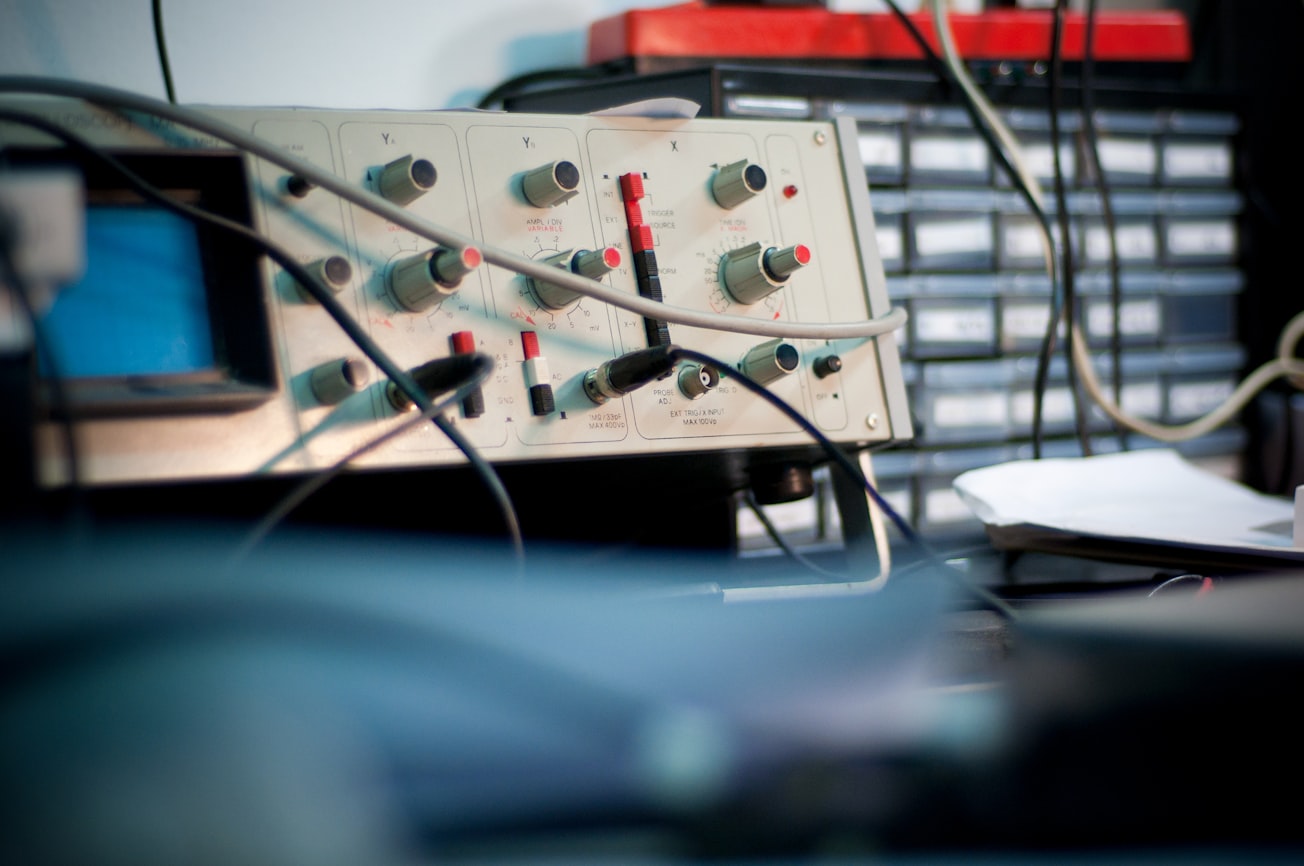What is it about?
Because of how x-ray area detectors are manufactured, each pixel does not respond identically to x-rays. When exposed to 1 unit of x-rays, a pixel will read out some offset value near 1 such as 0.9 or 1.1. We present a method to quickly correct for these differences at a given x-ray energy.
Featured Image

Photo by Blaz Erzetic on Unsplash
Why is it important?
Large x-ray area detectors have become widely used for crystallographic measurements. These detectors have irregular responses across their sensing area that must be corrected for to ensure accurate measurements. The response is also dependent on the x-ray energy being measured and also changes as the detector is radiation damaged, requiring frequent recalibration. This is generally done with a flat field measurement, where the detector is uniformly illuminated by x-rays. It is not possible to generate an x-ray flat field at every energy, and this measurement is often very slow due to the low intensity of x-ray flat fields. This work presents a method of rapidly obtaining the information necessary for this correction at any energy using an amorphous scatterer.
Perspectives
I hope this article, along with the associated code results in more accurate and repeatable x-ray diffraction measurements. In writing this article I found that a lot of the detectors in use had flat field responses that were entirely different than the factory calibration, which would make measurement of weak structural effects extremely difficult, if not impossible.
James Weng
Read the Original
This page is a summary of: In situ X-ray area detector flat-field correction at an operating photon energy without flat illumination, Journal of Synchrotron Radiation, March 2023, International Union of Crystallography,
DOI: 10.1107/s1600577523001157.
You can read the full text:
Contributors
The following have contributed to this page










